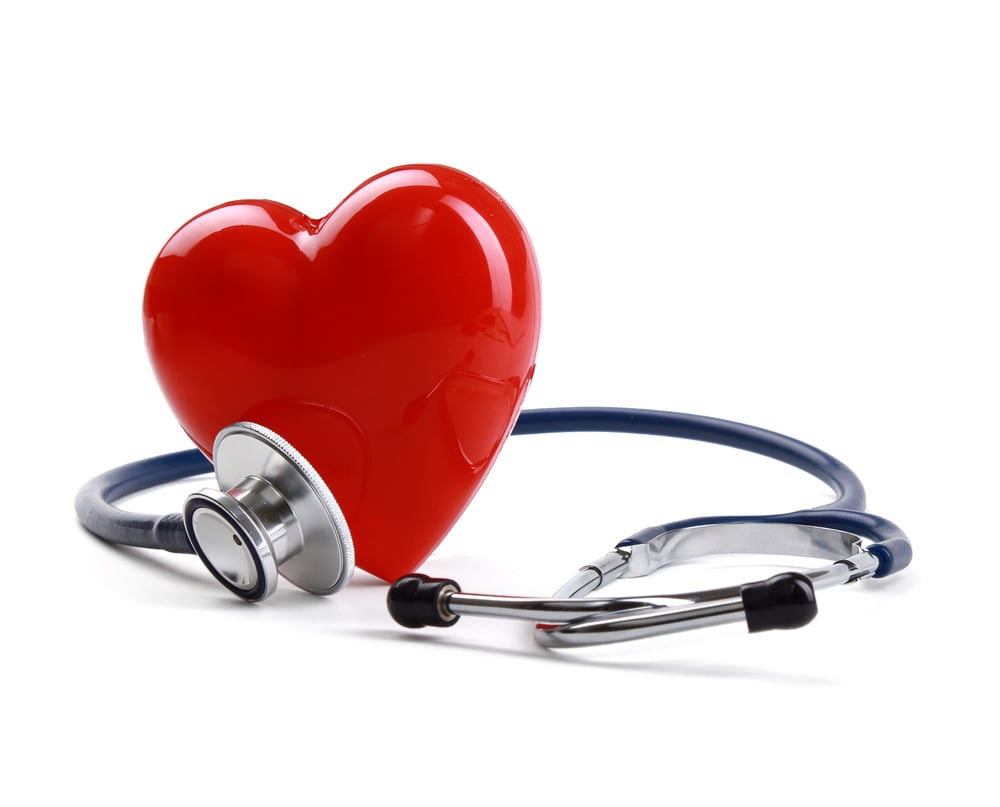
Children with illnesses such as
diabetes,
asthma or epilepsy, among other life-threatening diseases, should carry easily visible information to ensure passers-by can quickly understand that they need help in the event of an emergency when you’re not around.
While you could have them carry a slip in their pocket or wallet detailing their condition, paper can get damaged or lost. A medical ID bracelet is worn on the wrist and is indestructible. A
allergy or medical ID bracelet also provides immediate visibility to passers-by and first responders, giving parents invaluable peace of mind when separated from their children.
Not the average medical ID bracelet
Little ones can be very obstinate and may not want to show the world – or their peers – that they have a medical condition. That’s where
Medibands come in. Unlike other medical ID bracelets, Medibands for kids aren’t the stereotypical, unattractive bands your child may have seen on an older person – and associated with being uncool. They're slimline and colourful as opposed to being chunky and dull to look at, and come in an array of alternative colours and styles.
Get your child to pick out their own Mediband to make sure they feel like it's their choice to wear it and that it represents their own tastes and interests. Kids that have chosen their personal colours and styles for their Mediband are more likely to keep it at all times.
Continue reading → Children with illnesses such as diabetes, asthma or epilepsy, among other life-threatening diseases, should carry easily visible information to ensure passers-by can quickly understand that they need help in the event of an emergency when you’re not around.
While you could have them carry a slip in their pocket or wallet detailing their condition, paper can get damaged or lost. A medical ID bracelet is worn on the wrist and is indestructible. A allergy or medical ID bracelet also provides immediate visibility to passers-by and first responders, giving parents invaluable peace of mind when separated from their children.
Not the average medical ID bracelet
Little ones can be very obstinate and may not want to show the world – or their peers – that they have a medical condition. That’s where Medibands come in. Unlike other medical ID bracelets, Medibands for kids aren’t the stereotypical, unattractive bands your child may have seen on an older person – and associated with being uncool. They're slimline and colourful as opposed to being chunky and dull to look at, and come in an array of alternative colours and styles.
Get your child to pick out their own Mediband to make sure they feel like it's their choice to wear it and that it represents their own tastes and interests. Kids that have chosen their personal colours and styles for their Mediband are more likely to keep it at all times. Continue reading →
Children with illnesses such as diabetes, asthma or epilepsy, among other life-threatening diseases, should carry easily visible information to ensure passers-by can quickly understand that they need help in the event of an emergency when you’re not around.
While you could have them carry a slip in their pocket or wallet detailing their condition, paper can get damaged or lost. A medical ID bracelet is worn on the wrist and is indestructible. A allergy or medical ID bracelet also provides immediate visibility to passers-by and first responders, giving parents invaluable peace of mind when separated from their children.
Not the average medical ID bracelet
Little ones can be very obstinate and may not want to show the world – or their peers – that they have a medical condition. That’s where Medibands come in. Unlike other medical ID bracelets, Medibands for kids aren’t the stereotypical, unattractive bands your child may have seen on an older person – and associated with being uncool. They're slimline and colourful as opposed to being chunky and dull to look at, and come in an array of alternative colours and styles.
Get your child to pick out their own Mediband to make sure they feel like it's their choice to wear it and that it represents their own tastes and interests. Kids that have chosen their personal colours and styles for their Mediband are more likely to keep it at all times. Continue reading → Some times the best cure is prevention. So know and understand the signs of heart disease and do something about it - here are common symptoms to look out for:
1. Chest pain that feels like pressure, fullness, or a squeezing pain in the centre of your chest. The pain might be present for several minutes or it comes and goes.
2. You experience shortness of breath without necessarily having done exercise. There may or may not be some chest pain.
3. Pain in your chest that seems to travel to other parts of your upper body, for example your arms, back, neck, stomach, teeth, and jaw. Continue reading →
Some times the best cure is prevention. So know and understand the signs of heart disease and do something about it - here are common symptoms to look out for:
1. Chest pain that feels like pressure, fullness, or a squeezing pain in the centre of your chest. The pain might be present for several minutes or it comes and goes.
2. You experience shortness of breath without necessarily having done exercise. There may or may not be some chest pain.
3. Pain in your chest that seems to travel to other parts of your upper body, for example your arms, back, neck, stomach, teeth, and jaw. Continue reading →
